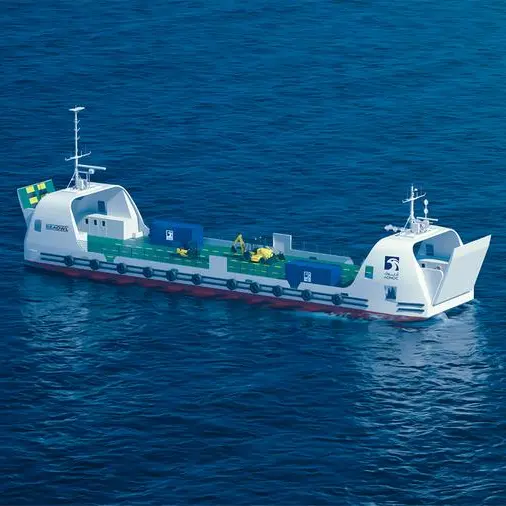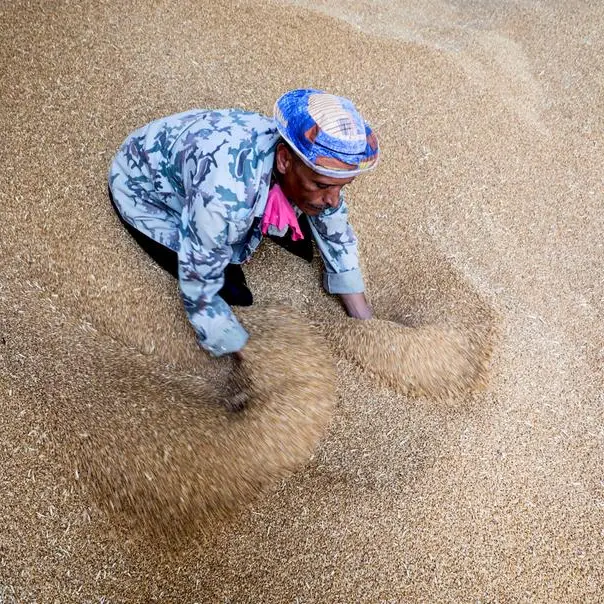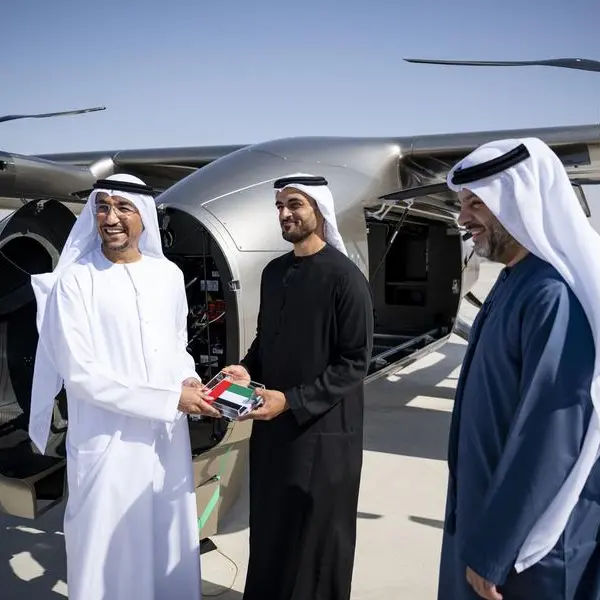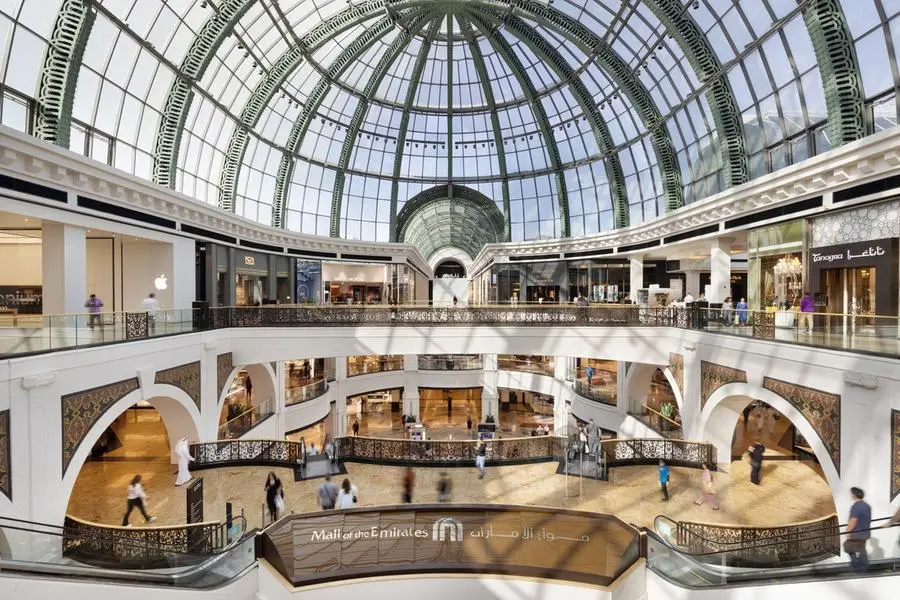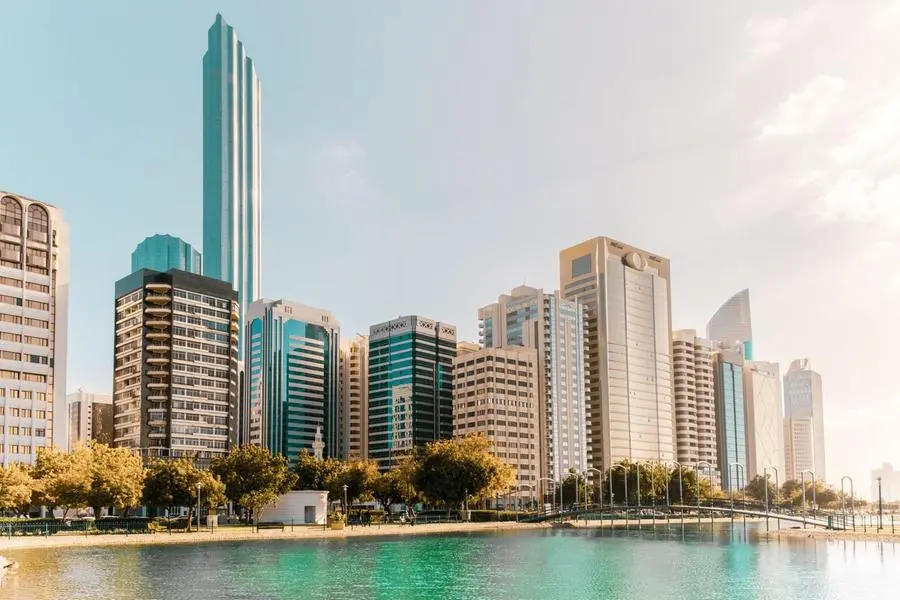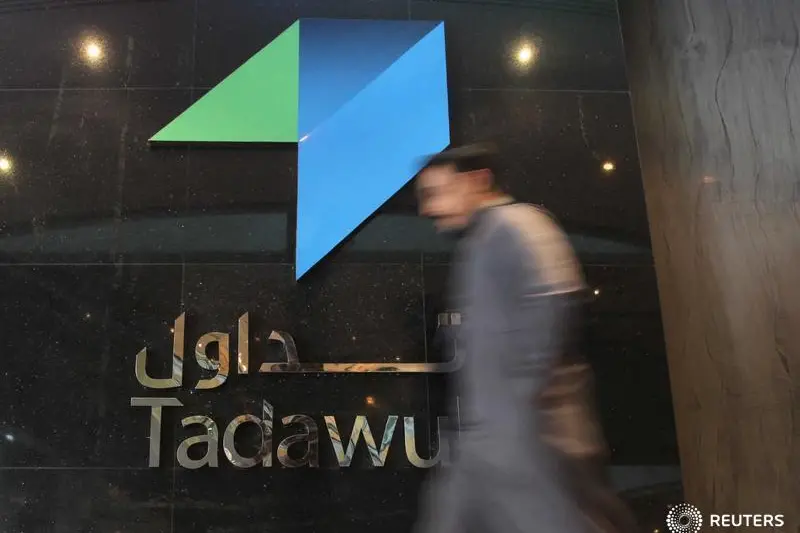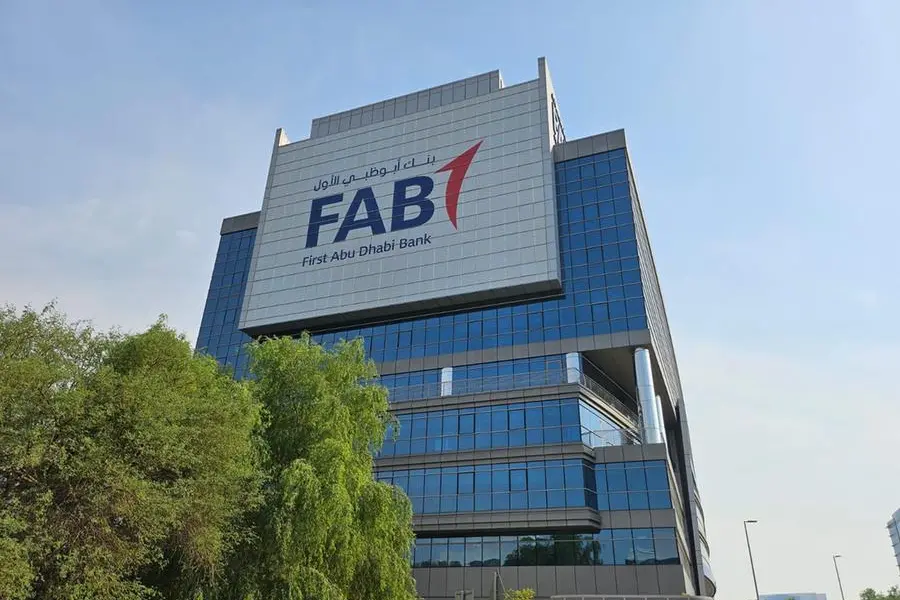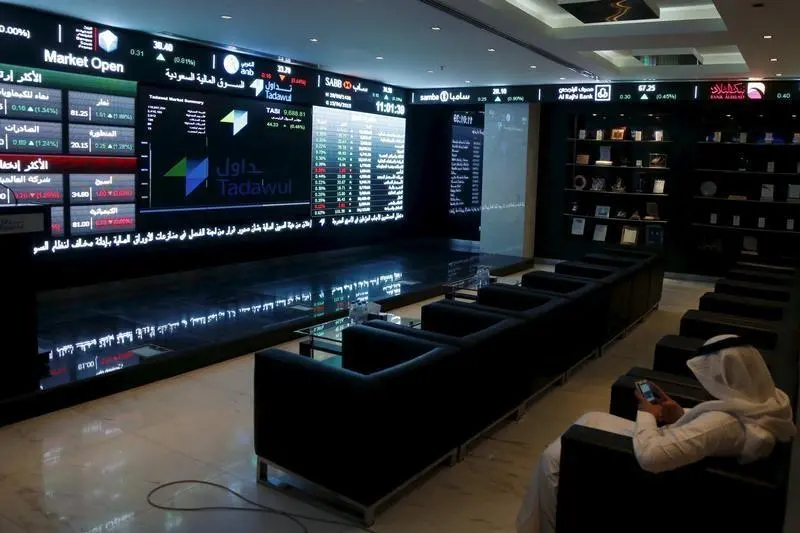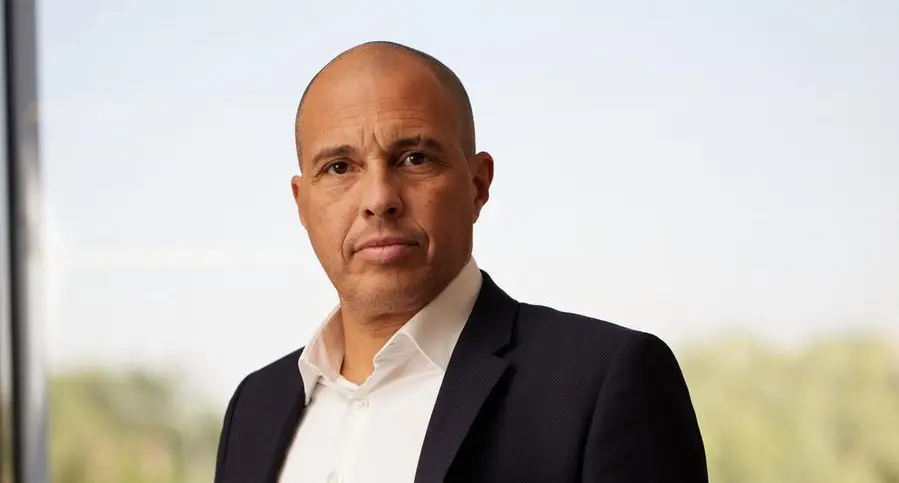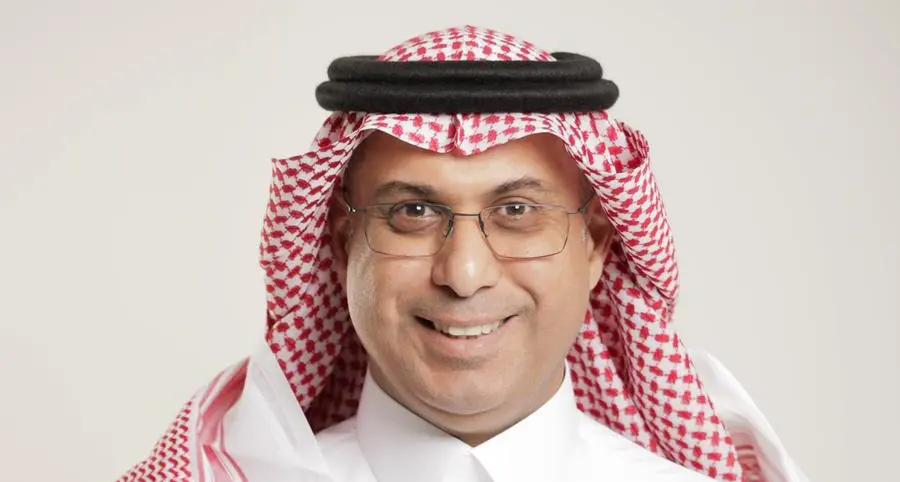Having a vacation home in Fakra is the real estate version of having a Louis Vuitton handbag. Revived as the new luxury enclave of the mountains, real estate in Fakra is banking on a joint reserve of charm and status. Without phenomenal views, standard infrastructure, or basic urban planning, the zone itself offers no remarkably outstanding features. But it has a name. And a story to tell. In the elite social circles of Beirut, owning a leisure residence in Fakra is a burgeoning trend, and developers and architects are rushing in to build the vacation homes of their dreams.
It all began in 1973. A stone's throw from ancient Roman ruins, the Faqra Club was built before the civil war in the early 1970s, and became the first luxury development to define Fakra. With an image of elegance and luxury, the club became a fixture of the bourgeoisie mountain holiday getaway. The area did not receive much more attention afterward, and prices remained relativ ely stable until 2006, when two events radically altered the real estate landscape. The first was the July 2006 war. The second was the launching of the Clouds, a luxury village development project by Sayfco which proved that Fakra was no longer just a comfortable haven of memories and tradition, but also a prime location to create contemporary upscale residences on a foundation of innovative design and long-lasting value.
During the July 2006 war, many families fled into the mountains, taking refuge in Faraya and Fakra. In that period, the area was rediscovered, along with its potential. At 1,700 meters above sea level with a refreshing climate and fresh mountain air, the attractiveness of the entire region of Kfardebian became strikingly more apparent. The Clouds project, which took the award for the second best project in the Residential Future category of the Cityscape Architectural Review Awards in 2006, provided a stunning example of the types of projects that could be launched there, and inspired many an ambitious, creative developer with its sleek, modern style grouped around a charming and private village-style layout.
Since then, the popularity of the area has snowballed, with no less than thirty projects currently under construction. This boom has caused prices to reach levels as high as some of the most hotly demanded quarters of Beirut, such as the ritzy Achrafieh parkways of Trabaud and Abdel Wahab Inglizi. In general, there are three types of developments that dominate the real estate scene in Fakra: chalets, commercial blocks of buildings clustered close together, and compound-style villages. Considering the mix of projects however, choice is quite broad in terms of quality and size, with an ad-hoc collection of developments on the market with an equally wide range of asking prices. For the most impressive and innovative, upscale developments, prices can reach as high as $5000 per square meter for built-up areas. Compare rates today across every category to what they were just five years ago, and the prices have nearly tripled. Most popular with expatriates and the local Lebanese creme de la creme of society, the prices keep on climbing as supply jogs ahead to keep up with the force of demand.
The danger of this intense rush is the urban chaos that results. Without specific guidelines or municipality regulations, luxury villas are going up next to crowded, commercial apartment buildings. A modern dwelling with a price tag of $600,000 may just as well be the neighbor to a decrepit house and a poorly serviced road. "There are many projects going up, but there is no harmony," states Raja Makarem, Director of RAMCO Real Estate Advisors. This lack of urban planning as a whole detracts from the character that buyers want, and that developers are trying to achieve on a project-by-project basis.
It is for this reason that buyers seem to prefer villas within gated community projects that are constructed in a village style, such as Oakridge, Faqra Valley, Tilal Faqra, Ahlam Mountain Resort, and Faqra Hills. Because Fakra does not have much in the way of developed infrastructure, developers are responsible for laying down the necessary infrastructure for their projects. The most logical solution to this issue is to build according to a compound-based logic, whereby a large plot is divided into sections that are parceled out to buyers. Each parcel represents an expanse of land where the developer arranges the construction of a customized villa that will benefit from a private backyard and outdoor garden space. Electricity systems, sewage networks, roads, natural green spaces, leisure spaces, a club house, and stores supplying basic necessities are all planned into the layout of a private community that enjoys 24/7 security and maintenance services, among other amenities. With every detail planned for, the resulting environment inside the compound becomes one of harmony and convenience, simulating a holiday resort with a wealth of activities for all ages. And this type of development artfully epitomizes Fakra's most attractive feature: "It is a destination for socializing, for reconnecting with people. It is not the village of one's family, but rather, the village à la mode," says Makarem.
In recent years, Fakra has also become a year-round retreat. Originally appreciated only in the winter season for its proximity to the ski station, it has become just as popular as a summertime mountain getaway, to escape the heat of the coastal areas and enjoy a variety of sport and recreational activities. It is also as much an area for vacation homes for locals as it is a tourist attraction for foreigners. Arabs appreciate the only natural ski slopes in the Middle East in winter, and the fresh mountain air and freedom of leisure offered during the rest of the year, making buying as well as renting properties fully profitable ventures.
"People come to Fakra because it is a place where they can be themselves and not have to worry about other people judging them," reasons Eliane Kreizy, Managing Director of Foncia, which manages the marketing and sales activities for a wide portfolio of Fakra-based projects. "You're not just buying a villa, you're buying a way of life."
The Oakridge project by Mouawad Projects is setting an example on the market, with a broad range of activities built into the area for residents and their guests within an environment of ultimate serenity. They are also leading the way with measured steps to implement environmentally sustainable features such as wastewater recycling and water meters, along with energy-saving features for electricity through the use of smart systems and solar power. "All big projects are trying to save energy now," says Kreizy. "The Oakridge compound differentiates itself primarily through its lighting system and state-of-the-art landscaping, designed by British landscape artists Capita Lovejoy." The landscaping design uses materials that are indigenous to the area such as stone, clay, wood, and native plants to give the effect that the luxury compound is emerging from the natural landscape itself. This was a strategic move on behalf of the developer, as in Fakra, ground floors are more popular than upper floors, and therefore the landscaping plays a prime role in the value of the property.
With the volume of projects going up, it is obvious that differentiation is a critical factor. "Not everyone is selling well. Buyers are not idiots and they can tell the difference between a well thought out, well-planned, well-designed project," notes Makarem. The quality of materials, the practicality of a property's layout, design, and the scope of service amenities are all paramount. According to Makarem, this playground for the wealthy has also become a competition ground where developers as well as architects are trying to out-do each other with their innovative ideas and designs. It is also a place where many developers have gone who are simply trying to make a quick buck. "There is a lot of diversity in the quality of projects going up... and there is some cleaning up to do," he says.
For some, however, the area has become too much of a posh, "show-off" zone that has become cluttered with too many mismatched projects. For buyers who prefer a more private and discrete location for a secondary residence, the latest trend has been to head to Qanat Bakish, which indicates that there is already enough density in Fakra to trigger an expansion to outlying areas. But while the interest in Fakra is not fading and investment in the area remains steady, how steadily prices will continue to rise is unclear. Although the prices of land currently match the prices in Beirut, Fakra is not Beirut. As Kreizy put it, "Fakra is not a location... It is a destination." Its growth in real estate value will largely depend on the level of entertainment and recreational options that developers can provide to buyers, as this is the key selling point they have to exploit. It is not a place where buyers go to live or enjoy the view... but rather where they go to enjoy the sociable pleasures of life.
By Karah Byrns
© Ekaruna 2010


